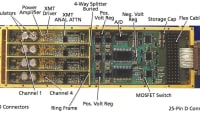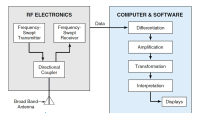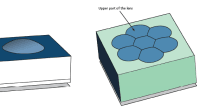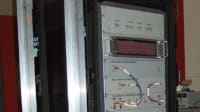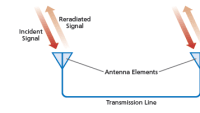A paper describes a frequency-scaled SweepSAR demonstration that operates at Ka-Band (35.6 GHz), and closely approximates the DESDynl mission antenna geometry, scaled by 28. The concept relies on the SweepSAR measurement technique. An array of digital receivers captures waveforms from a multiplicity of elements. These are combined using digital beamforming in elevation and SAR processing to produce imagery.
Ka-band (35.6 GHz) airborne SweepSAR using array-fed reflector and digital beamforming features eight simultaneous receive beams generated by 40-cm offsetfed reflector and eight-element active array feed, eight digital receiver channels with all raw data recorded and later used for beamforming. Illumination of the swath is accomplished using a slotted-waveguide antenna radiating 250 W peak power. This experiment has been used to demonstrate digital beamforming SweepSAR systems.
This work was done by Gregory A. Sadowy, Chung-Lun Chuang, Hirad Ghaemi, Brandon A. Heavey, Lung-Sheng S. Lin, and Momin Quddus of Caltech for NASA’s Jet Propulsion Laboratory. NPO-48376
This Brief includes a Technical Support Package (TSP).

Ka-band Digitally Beamformed Airborne Radar Using SweepSAR Technique
(reference NPO-48376) is currently available for download from the TSP library.
Don't have an account? Sign up here.


